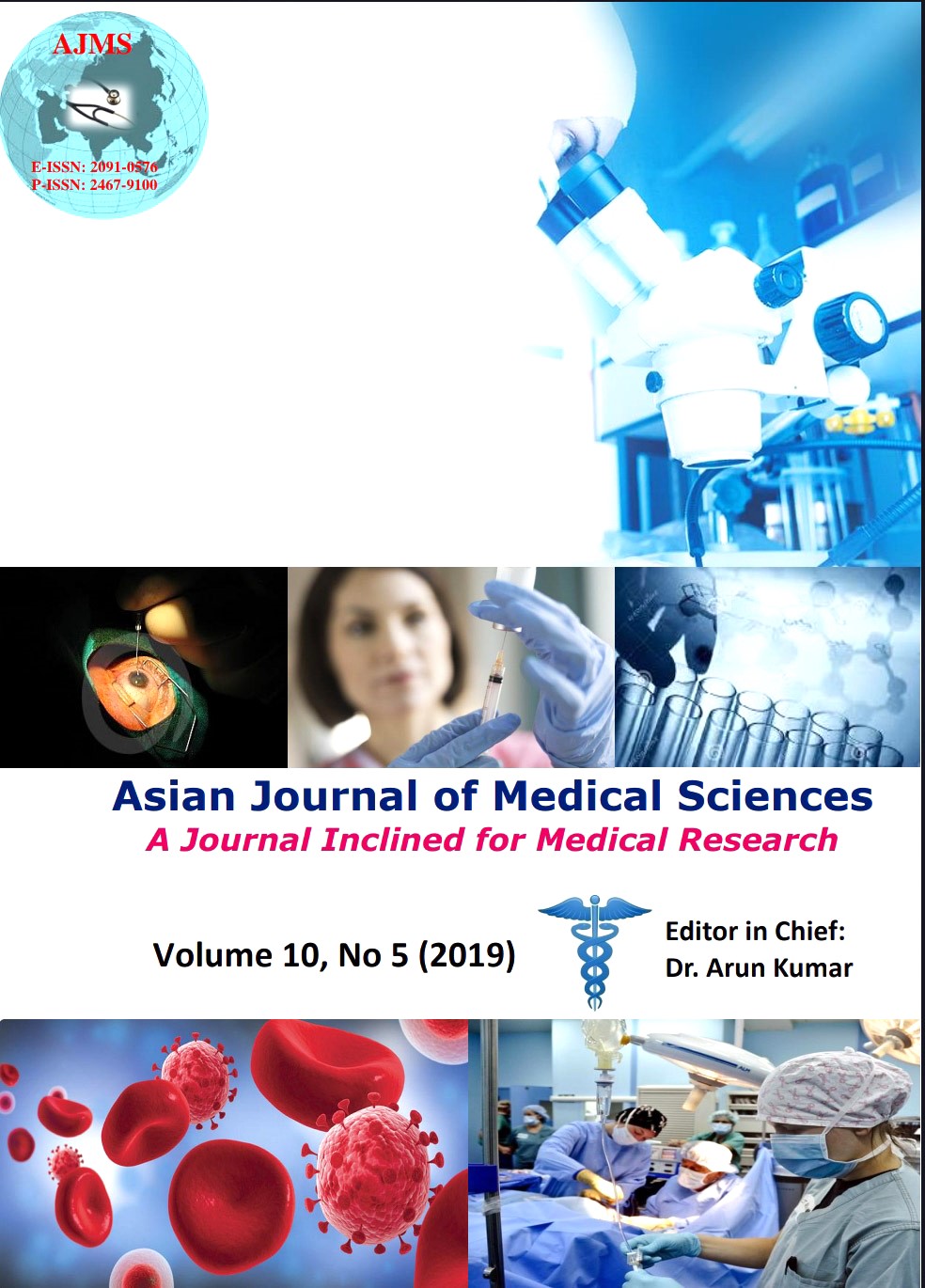ALBI and Child-Pugh score in predicting mortality in chronic liver disease patients secondary to alcohol - A retrospective comparative study
Keywords:
ALBI, Mortality, CLD, Child-pughAbstract
Background: The severity of liver dysfunction in chronic liver disease is often estimated with Child-Pugh (CTP) classification or model for end-stage liver disease (MELD) score. The albumin-bilirubin (ALBI) score is a new model for assessing the severity of liver dysfunction, which is simple and more objective.
Aims and Objective: The present study was aimed to retrospectively compare the performance of ALBI score with Child-Pugh score for predicting the mortality in patients with chronic liver disease.
Materials and Methods: Data of patients with chronic Liver disease irrespective of etiology were retrospectively reviewed. Child Pugh score and ALBI score were calculated for the patients and results from ROC curves were analysed.
Results: Study conducted on 299 patients of chronic liver disease, age distribution was between 20-85 years with mean age of patients being 45.7+/-10.94 years, sex ratio male: female is 265:34 with mortality rate of 19.73%.The area under curves of ROC of ALBI and Child pugh are 0.586 and 0.549 respectively.
Conclusion: Ability of ALBI score for predicting mortality was comparable with that of Child Pugh score but Child pugh score of more than 10 has got better performance of predicting mortality as compared to ALBI score.
Downloads
Downloads
Published
How to Cite
Issue
Section
License
Authors who publish with this journal agree to the following terms:
- The journal holds copyright and publishes the work under a Creative Commons CC-BY-NC license that permits use, distribution and reprduction in any medium, provided the original work is properly cited and is not used for commercial purposes. The journal should be recognised as the original publisher of this work.
- Authors are able to enter into separate, additional contractual arrangements for the non-exclusive distribution of the journal's published version of the work (e.g., post it to an institutional repository or publish it in a book), with an acknowledgement of its initial publication in this journal.
- Authors are permitted and encouraged to post their work online (e.g., in institutional repositories or on their website) prior to and during the submission process, as it can lead to productive exchanges, as well as earlier and greater citation of published work (See The Effect of Open Access).




